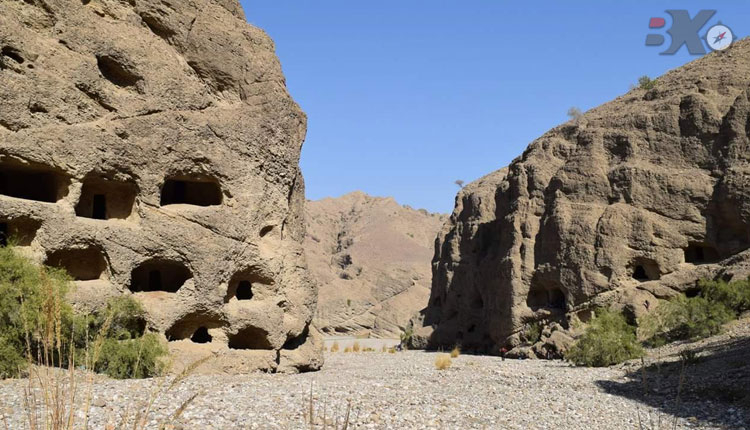Gondrani Cave
Puraney Ghar, which translates to 'Old Houses,' is the local name for the Gondrani Caves. At multiple levels, they are carved through solid conglomerate rocks and connected by paths. Small rooms with hearths and lamp niches, as well as verandahs or front porches, are found in all of the caves.
Around 1500 caves were reported during British administration, but barely 500 survive now. The caves are in bad shape and are gradually eroding. Due to inadequate accessibility and a lack of awareness about the archaeological site, no conservation attempts have been done to conserve it.
The precise history of the settlement, as well as who created the caves, is unknown. Historians think the town was originally home to a major Buddhist monastery that dates back to the ninth century, when the area was part of a Buddhist empire. In his book Early Medieval India and the Expansion of Islam: 7th-11th Centuries, André Wink writes, "In effect, the caves of Gondrani are eighteen kilometers north-west of Las Bela, at Gandakahar, near the ruins of an ancient town, and as their construction shows, these caves were unquestionably Buddhist."
Location: Bela, Balochistan, Pakistan







